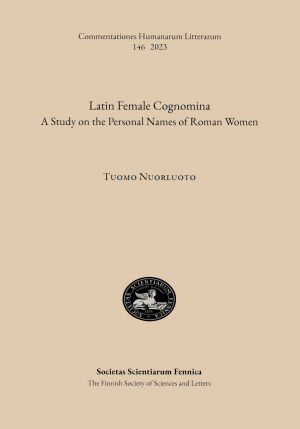Книжная корпорация Руслания основана в 1986 году в Хельсинки, Финляндия. Это 100% финский семейный бизнес.
Руслания - книжный интернет-магазин с широким выбором книг, учебников, нот и журналов.
Мы также предлагаем электронные подписки.
Мы продаем книги на русском языке, книги о России и многое другое. Вы можете сделать заказ как для себя, так и в подарок.
Ваш заказ будет доставлен прямо в ближайшее почтовое отделение в любой точке мира.
Выберите интересующую Вас категорию и ознакомьтесь с нашим широким ассортиментом.
Подробнее о нас.
- Доставка по всему миру!
- О компании
- Контакты
- Tel. +358 92727070 Заказать звонок WhatsApp +358503889439
- Вход
- Регистрация













